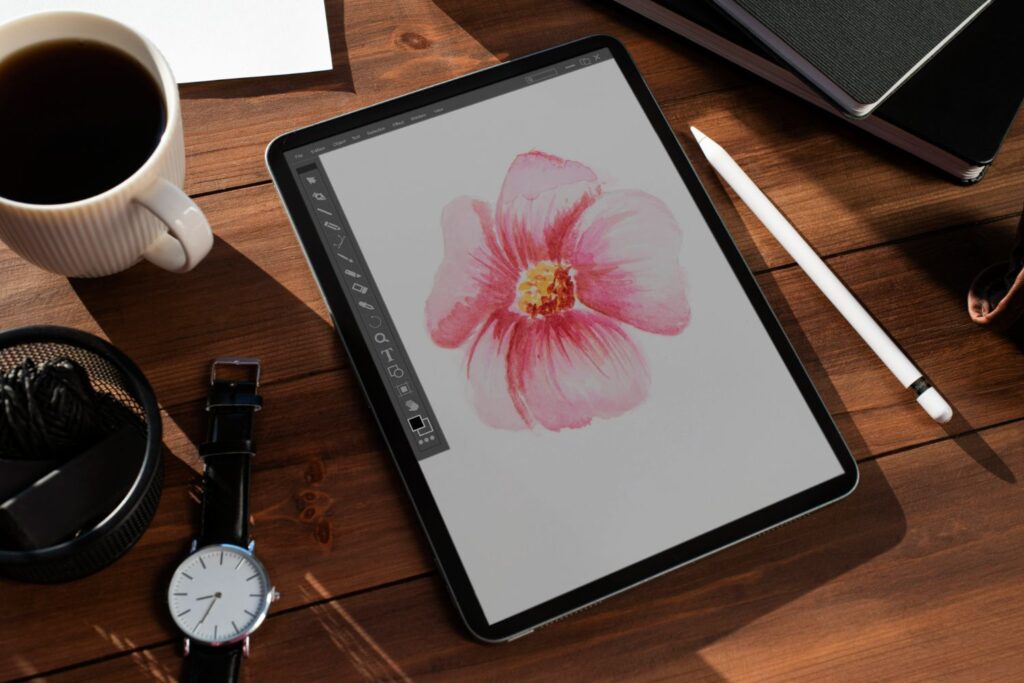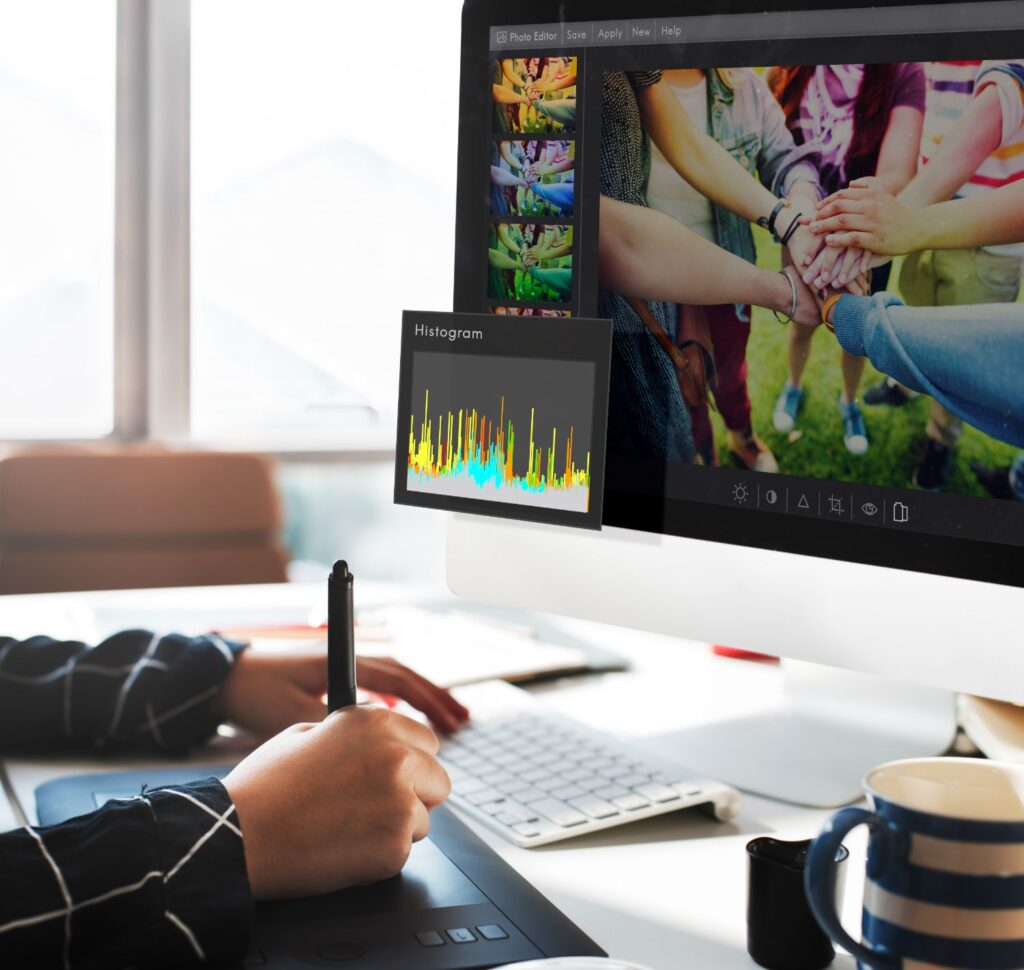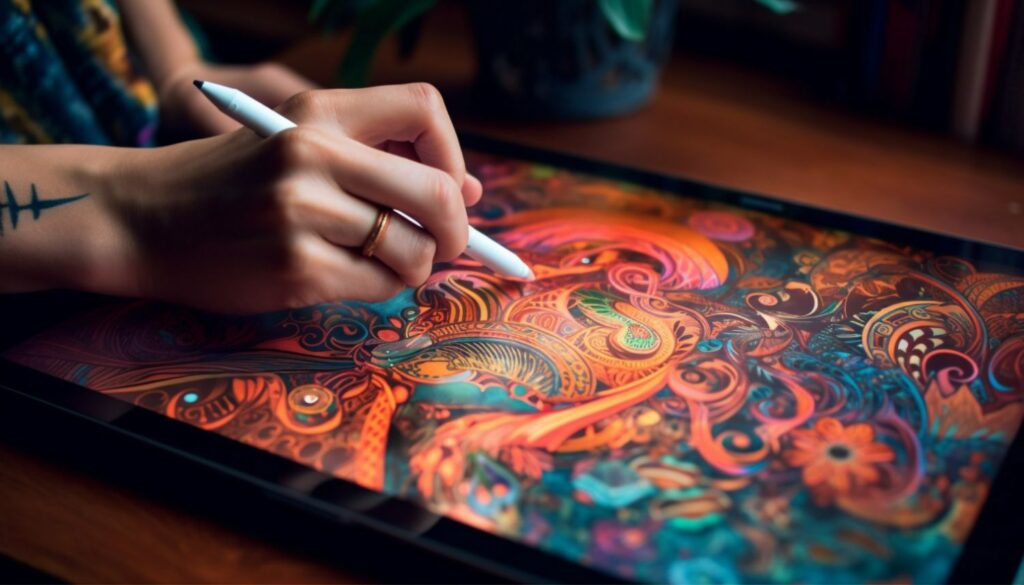Why Are Procreate Files So Big? – Exploring the Pros and Cons of Procreate File Sizes
Introduction: Why Are Procreate Files So Big?
Procreate, a popular digital illustration app extensively used by artists, is valued for its innovative tools and features. However, when it comes to handling Procreate files, users often wonder: “why are Procreate files so big?” This comprehensive 2000-word article aims to dive into the pros and cons of Procreate file sizes, shedding light on the reasons behind the considerable dimensions of your digital artwork.
Understanding Procreate File Sizes
Before delving into the pros and cons of large Procreate file sizes, let’s unravel the mystery behind their dimensions.
The Role of Layers
Procreate allows artists to work with multiple layers. Although providing unmatched flexibility in the creative process, layers significantly increase file sizes. The number of layers, their opacity settings, blend modes, and dimensions all are factors contributing to the final file size.
File Resolution
High-resolution canvases are another reason for increased Procreate file sizes. When artists work on a canvas with a greater resolution, each layer is larger in size, resulting in a more sizable final file.
Now that we understand some reasons behind the large file sizes in Procreate, let’s explore the pros and cons of this digital illustration app.
The Pros of Procreate’s File Sizes
Despite their large nature, there are several benefits to be found with Procreate file sizes.
Detailed and High-Quality Outputs
High-resolution files enable artists to work on detailed and intricate projects. These large files retain their quality when resized or printed, offering versatile use for various mediums, such as digital or print publications and merchandise designs.
Greater Flexibility in Editing and Manipulation
Working with large Procreate files offers tremendous flexibility; artists can freely edit, add, or remove layers without sacrificing overall image quality. They can experiment with different techniques, blending modes, and layer styles to achieve their desired results.
Professional Level Quality
Procreate’s large file sizes are on par with professional-level software, such as Adobe Photoshop. This demonstrates the app’s ability to cater to serious professional digital artists and designers without compromising output quality.
The Cons of Procreate’s File Sizes
However, there are some drawbacks to Procreate’s large file sizes that users should be aware of.
Device Storage Limitations
Large file sizes can quickly eat up device storage, especially on iPads with lower storage capacities. A cluttered device may hinder performance, leaving artists with fewer resources to work on new projects.
Slower Processing
More extensive files can also lead to slower processing, as the device has to render the image data every time the canvas is manipulated. This may cause delays, hampering the artist’s workflow and potentially resulting in a slower overall creativeprocess.
Limited Number of Layers
Another downside to working with large Procreate files is the limitation on the number of layers available. As file sizes and resolutions increase, the number of layers you can work with may decrease, forcing artists to merge layers or compromise their creative approach.
Difficulty in Sharing and Exporting
Transferring large files can be cumbersome due to their sheer size. Emailing, sharing, or synching may take considerably more time, and may even become impossible in some cases. Additionally, you may need to compress files or reduce quality to accommodate size restrictions, potentially losing crucial details in the artwork.
Strategies for Managing Procreate File Sizes
To counter some of the drawbacks of large Procreate file sizes, artists can employ a few helpful strategies.
Use the Right Canvas Resolution
When starting a project, consider the final output and choose an appropriate resolution. By matching the necessary file size and quality with its intended purpose, artists can avoid wasting resources and storage.
Merge or Flatten Layers
Combine or flatten layers (where possible) to reduce the number of layers and decrease file sizes. This may require strategic planning during the design process to ensure that the order of layers can be merged effectively without affecting the overall artwork.
Clean Up Unused Files
Regularly review and delete or archive unused or completed projects to free up storage space on the device. This can enhance performance and leave more room for important files.
Export Files in Different Formats
When exporting Procreate files, consider the various formats available. While some formats will retain the file’s size and quality, others, like JPG or PNG, can compress files without losing too much detail. Optimizing formats based on your specific needs can make file sharing and storage more manageable.
Conclusion
So, why are Procreate files so big? In essence, it boils down to the combination of layers, high-resolution canvases, and the app’s overall professional design functionality. While large file sizes come with a range of pros and cons, by understanding the reasons behind them, and employing effective strategies for managing file sizes, artists can continue to maximize their creativity without sacrificing quality or performance.
Frequently Asked Questions
1. Can I reduce the file size of a Procreate project without losing quality?
You may reduce the file size by merging or flattening layers in the project or by choosing an appropriate export format, such as JPG or PNG. However, always be cautious when reducing file sizes, as compressing files can result in some loss of detail and quality.
2. How can I check the file size of a Procreate project?
To check the file size of a Procreate project, tap on the “Gallery” icon in the app and swipe left on the project thumbnail. The file size will be displayed in a pop-up window.
3. Do different export formats affect Procreate file sizes?
Yes, different export formats, such as PSD, TIFF, PDF, or JPG, canaffect the file size of your exported Procreate project. Choosing the right format based on your specific needs can help compress files without losing too much detail and make file sharing and storage more manageable.
4. What devices are best suited for working with large Procreate files?
Though Procreate is compatible with most iPad models, devices with more powerful hardware, such as the iPad Pro or the newer iPad Air, perform better when dealing with large files. Additionally, iPads with higher storage capacities are better suited for storing numerous large Procreate projects.
5. Does Procreate offer any automatic optimization for file sizes?
Procreate does not automatically optimize file sizes. However, it has settings that artists can adjust to strike a balance between file size and quality, such as the canvas resolution and the number of layers. Keeping these factors in mind while working on the project can help you keep file sizes under control while maintaining optimal quality.




